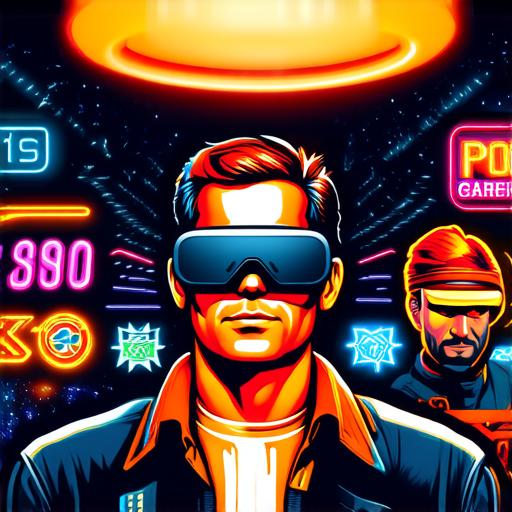
The article explores the history of virtual reality technology, tracing its roots back to ancient Greece and the early days of computer science research. The pioneers of VR technology have made significant contributions to the field, with figures like Ivan Sutherland, Jaron Lanier, Ed Catmull, and Shuichi Nakamura leading the way in research and development.
In the early days of VR, researchers used simple devices like headsets and gloves equipped with sensors to track movement and create a sense of immersion. These devices were primarily used for research purposes, as scientists sought to understand how people perceive and interact with virtual environments.
One of the earliest VR pioneers was Ivan Sutherland, an American computer scientist who developed the first VR headset in 1968. Sutherland’s headset, known as the “Sword of Damocles,” allowed users to look around a virtual room and interact with simple objects using handheld controllers. Although the technology was rudimentary, Sutherland’s work demonstrated the potential of VR as a tool for research and exploration.
Another early VR pioneer was Jaron Lanier, an American computer scientist who coined the term “virtual reality” in 1983. Lanier’s work focused on the psychological and social implications of virtual environments, and he believed that VR had the potential to revolutionize the way people interact with each other and with the world around them.
As technology advanced in the 1980s and 1990s, researchers began to develop more sophisticated VR systems that were capable of creating more immersive and interactive experiences. One of the most influential figures in this period was Ed Catmull, an American computer scientist who co-founded Pixar Animation Studios and played a key role in the development of modern VR technology.
Catmull’s work focused on developing new algorithms for rendering 3D graphics in real time, which were essential for creating realistic virtual environments. His efforts helped pave the way for the development of modern VR systems like the Oculus Rift and the HTC Vive, which are capable of delivering high-quality graphics and immersive experiences to users.
Another key figure in the birth of modern VR was Shuichi Nakamura, a Japanese computer scientist who developed the first VR system specifically designed for gaming in 1990. Nakamura’s system, known as the “Virtual Boy,” used stereoscopic displays and motion tracking to create a sense of depth and immersion in virtual environments. Although the Virtual Boy was ultimately unsuccessful, it demonstrated the potential of VR as a platform for entertainment and gaming.
In recent years, virtual reality technology has become increasingly popular, with a growing number of companies developing commercial applications for VR. One of the most influential figures in this period was Palmer Luckey, an American entrepreneur who co-founded Oculus VR in 2012.
Luckey’s work focused on developing affordable and accessible VR systems that could be used for a wide range of applications, from gaming to education to healthcare. Under his leadership, Oculus released the Oculus Rift, which has become one of the most popular VR systems on the market. Luckey’s work has helped drive the growth of the VR industry and paved the way for new and innovative uses of virtual reality technology.
In conclusion, virtual reality technology has come a long way since its early days, with pioneers like Ivan Sutherland, Jaron Lanier, Ed Catmull, Shuichi Nakamura, and Palmer Luckey leading the way in research and development. Today, VR technology is used in a wide range of applications, from gaming to education to healthcare, and its potential for future innovation is vast. As the technology continues to evolve, it will be exciting to see what new developments and breakthroughs emerge in the world of virtual reality.
